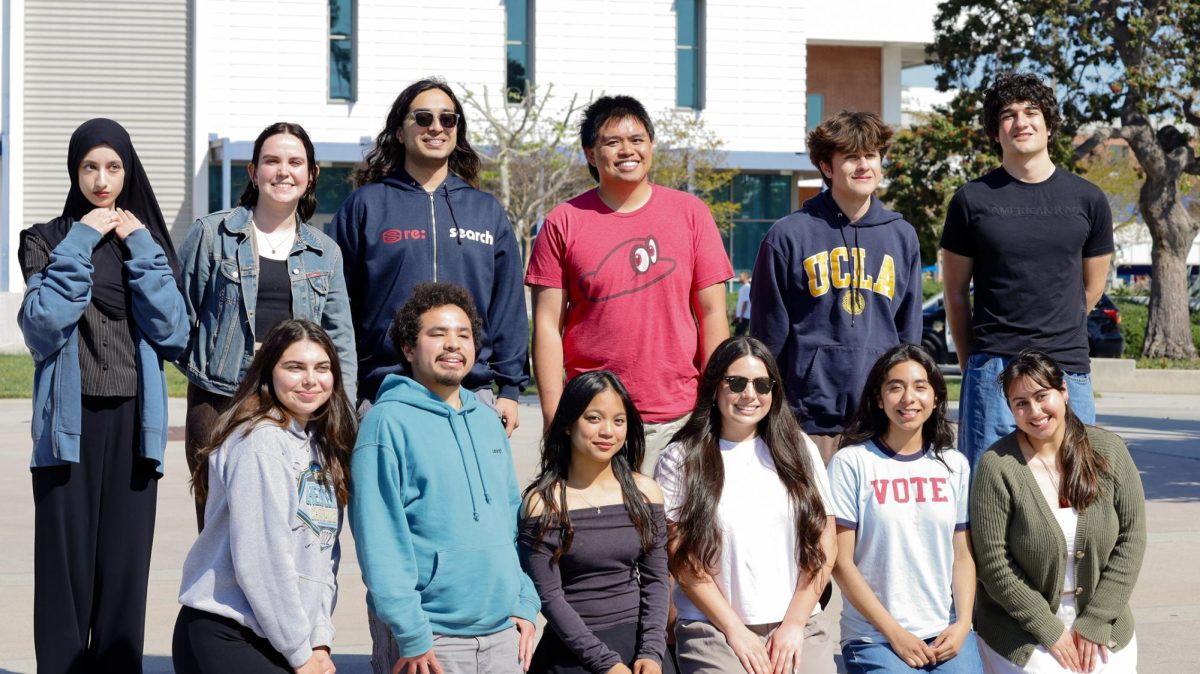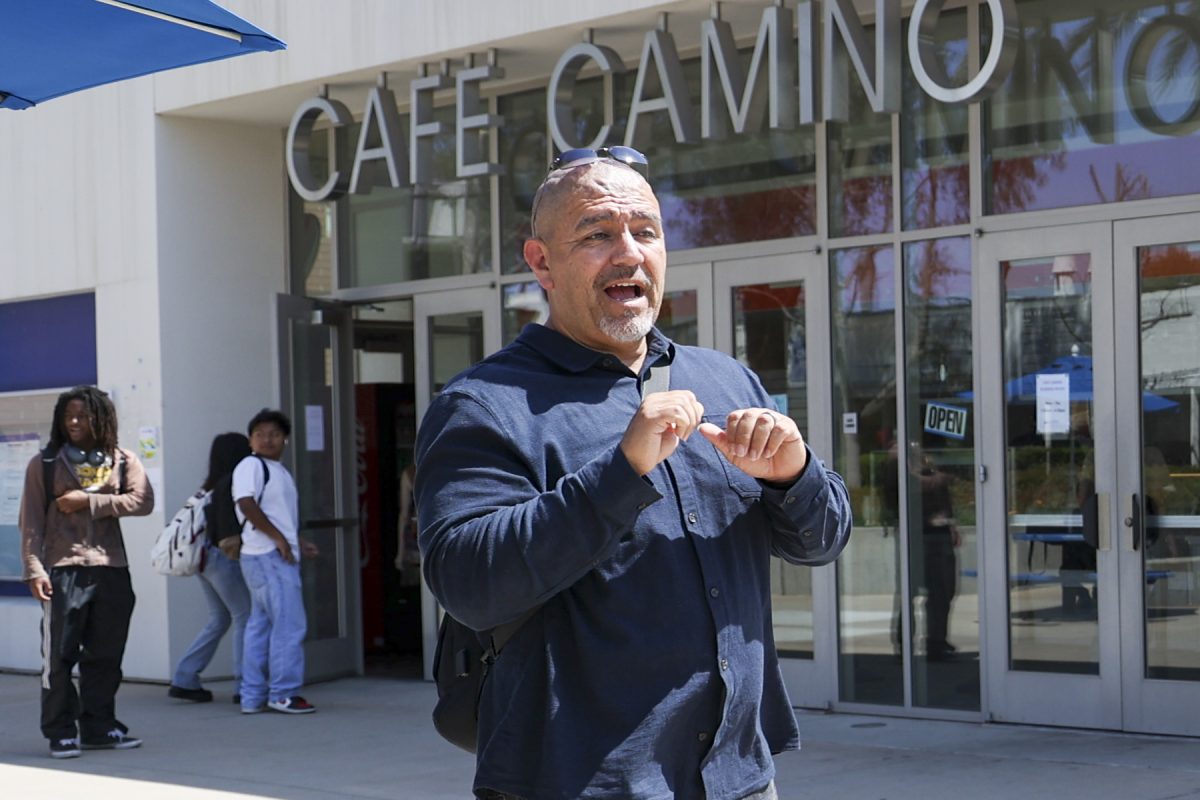It’s no secret that students in college date, but an app called Tinder is changing the way people make romantic connections.
The Tinder interface is one of the primary reasons that the app became so popular. With just a simple “left swipe” or “right swipe,” people can sort through local users to determine which people they may be compatible with.
“It’s totally changed the way that people are dating nowadays,” Jack Smith, 21, political science major said. “It’s like this very modern and millennial way of meeting people.”
Kassia Wosick, a sociology professor at El Camino and author of “Sex, Love, and Fidelity: A Study of Contemporary Romantic Relationships,” thinks the ease of swiping makes the app all the more attractive.
“All you have to do is swipe right or swipe left, you don’t have to go approach somebody,” Wosick said. “You don’t have to take a chance and maybe offer to buy them a drink or find out a little bit more about them.”
However, the ease of swiping is a double-edged sword.
“I think that it perpetuates our lack of interpersonal skills that we already sort of struggle with in the dating world,” Wosick said.
Despite this, many students have had success in using Tinder to meet new people.
“I met this one chick. She’s one of my closest friends now,” Alex Pate, 18, film major said. “I met her on Tinder like a month after I got the app.”
However, not every match will spell success.
“(Someone I met on Tinder and I) had been talking and when I met him in person he was not what he looked like in his pictures,” Anahi Estrada, 18, biology major said. “His whole face looked different.”
Tinder has facilitated the creation of new friendships and relationships, but some wonder whether it has really changed the primary basis of dating.
“The basis (of dating) has not remained the same. It’s different. It’s totally different,” Wosick said. “(Students) have technology engrained in (their) being, (they) have immediacy as an expectation.”
Tinder wasn’t always as prolific in the dating world as it is now. According to an article in TIME Magazine, the app launched in 2012 and by 2014 was catering to over a billion swipes per day.
In 2017, the Tinder website now boasts that users swipe 1.4 billion times per day, 26 million of which become matches.
In the end, convenience may be the driving force behind dating apps like Tinder. With some students taking over 12 units, managing part-time jobs, and studying for their classes, Tinder takes the idle time out of dating and gets straight to the point.
“It’s helped people to sort of have no-stakes, to get out there and be marketable. They don’t have to sign up for something like Match(.com.) They don’t have to pay for anything, it’s free,” Wosick said. “Everyone’s got a smartphone now, so with just a few clicks you have a profile. I think the ease and the feasibility have really enabled it to be successful.”
To watch a video on what students thought about the app, click here.







